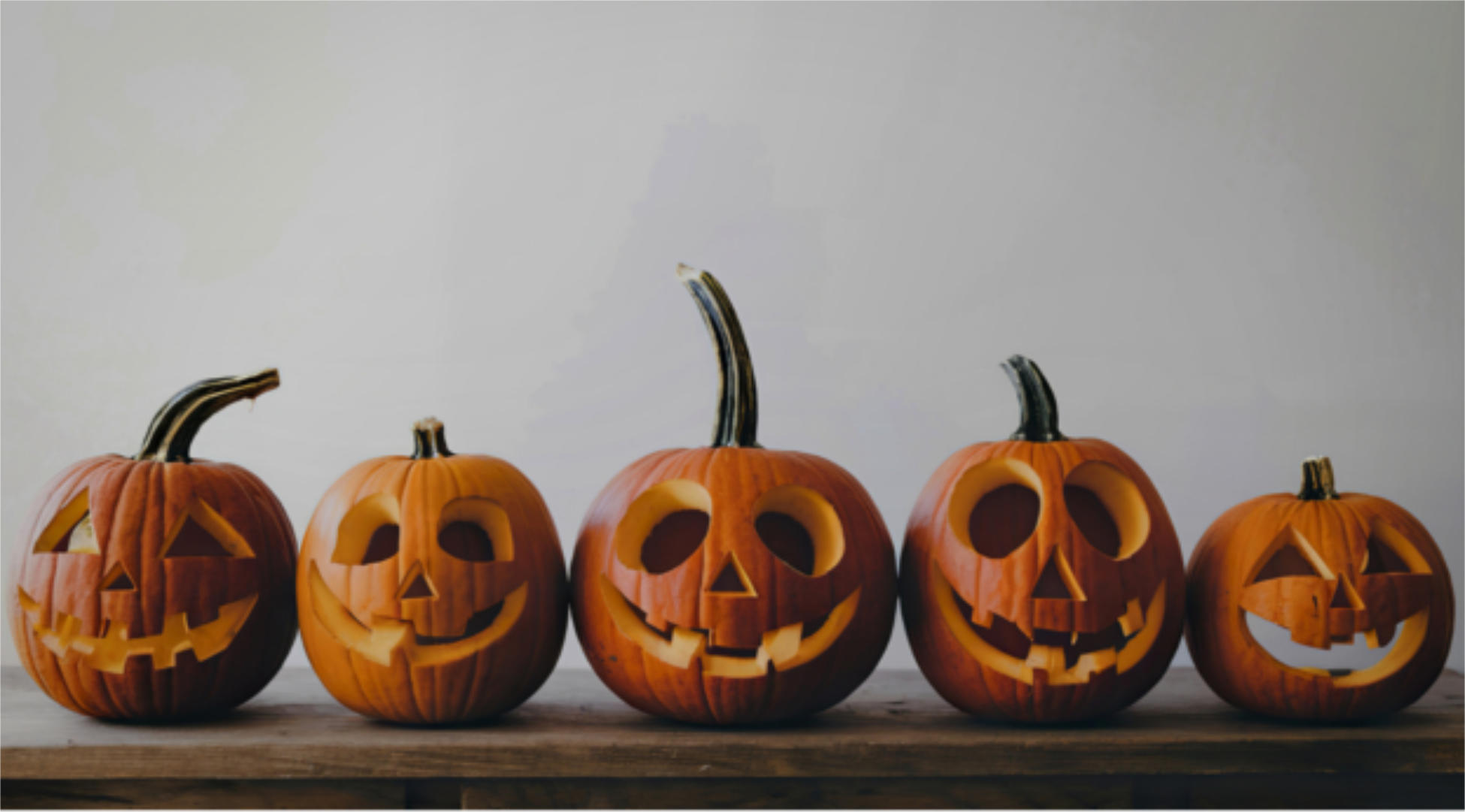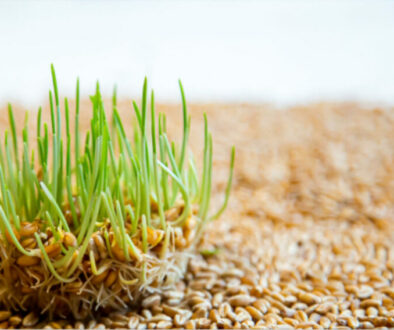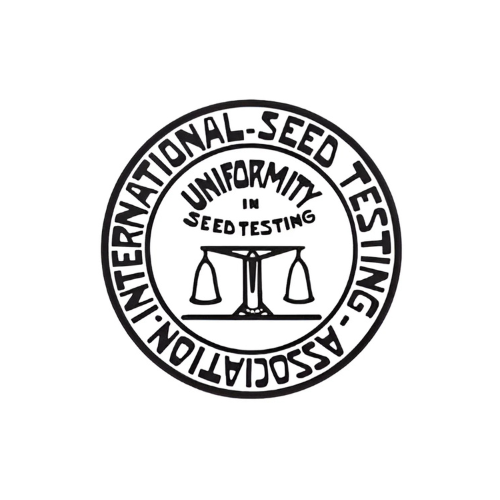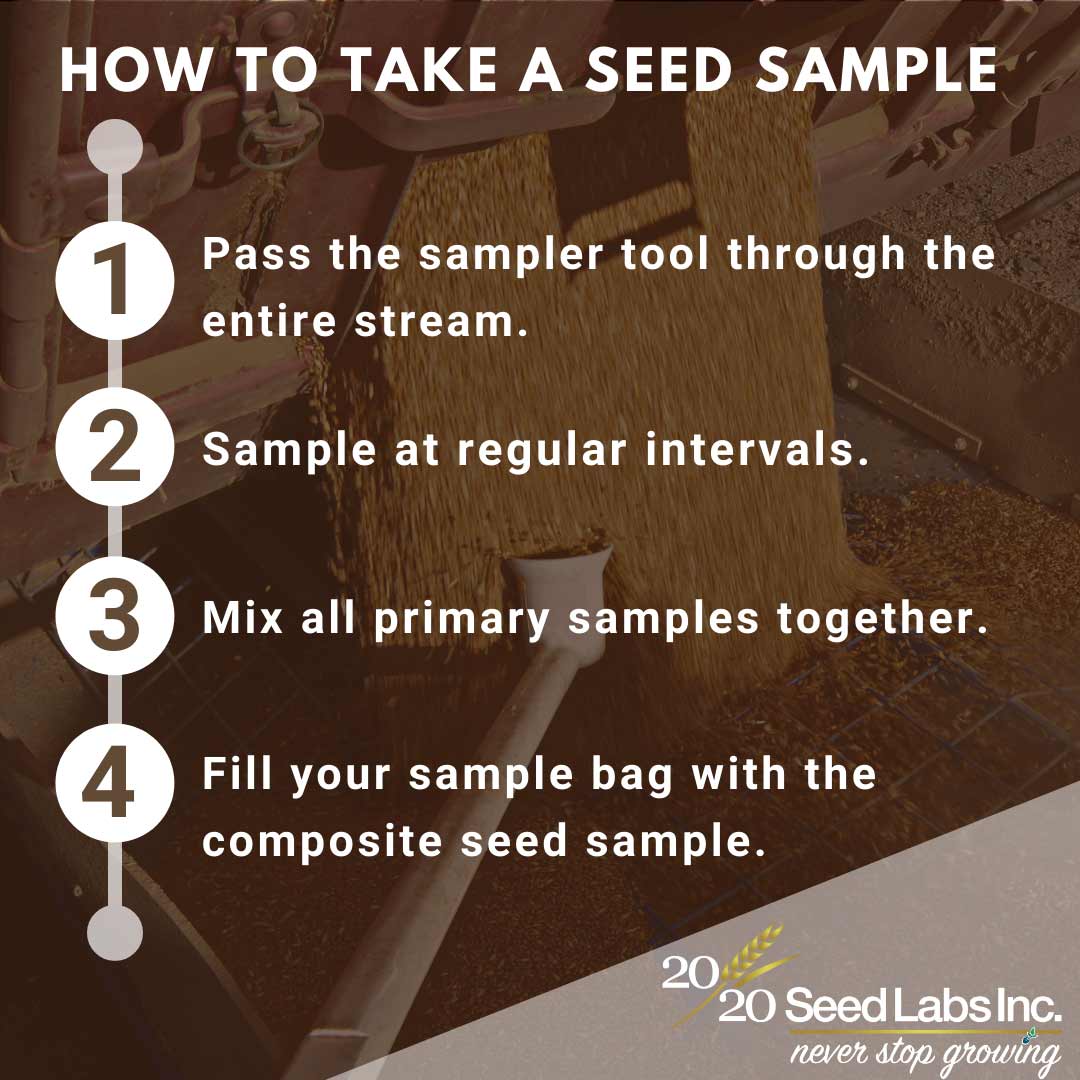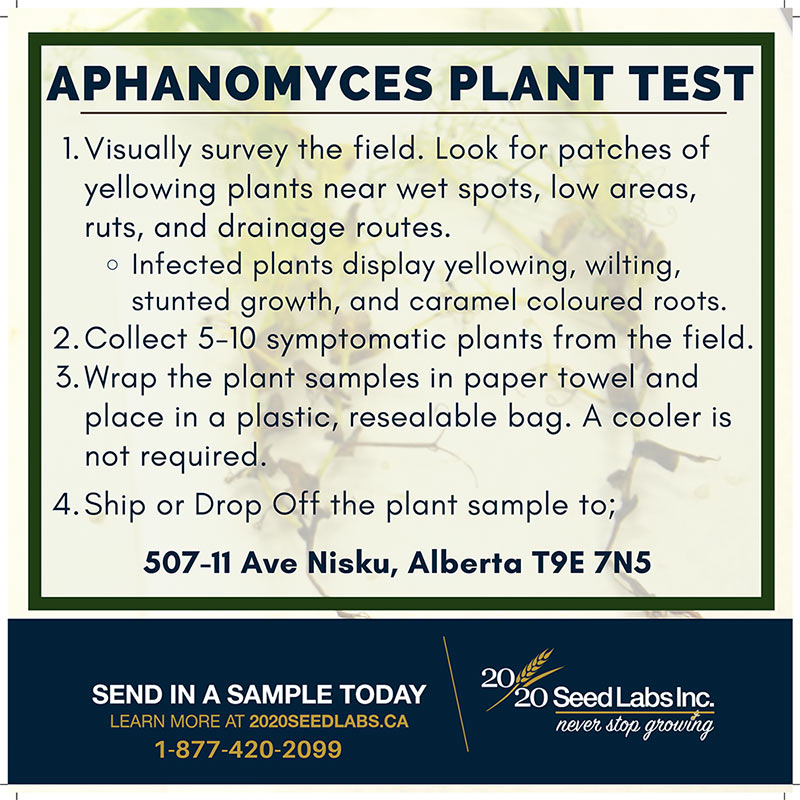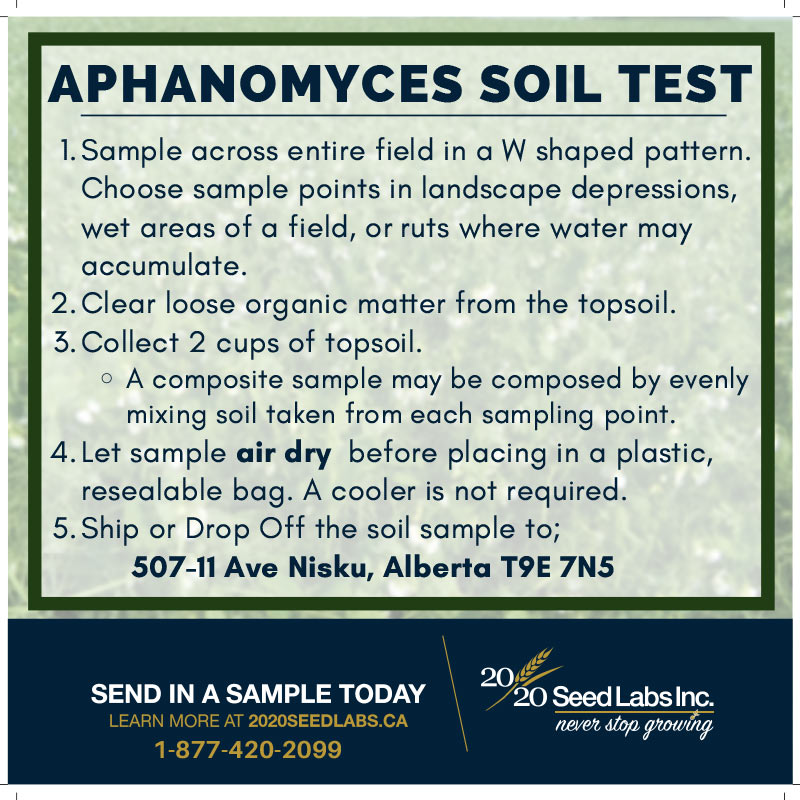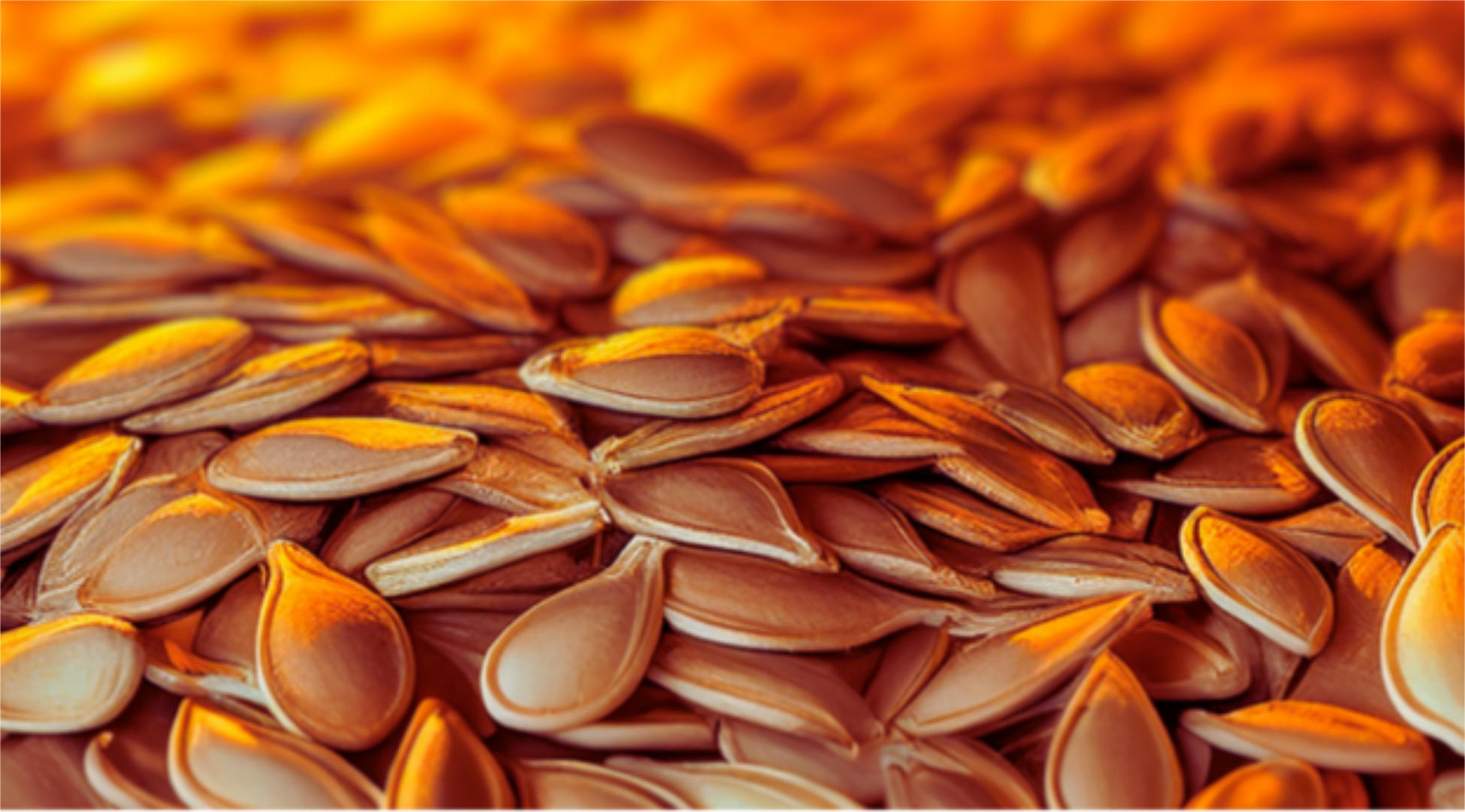
Every autumn, pumpkins take center stage, glowing from porches, lining market stalls, and waiting in the field for the perfect harvest moment. Their arrival signals more than Halloween; it’s the quiet close of another growing season, a celebration of soil, seed, and the cycle that brings nourishment and nostalgia to our tables.
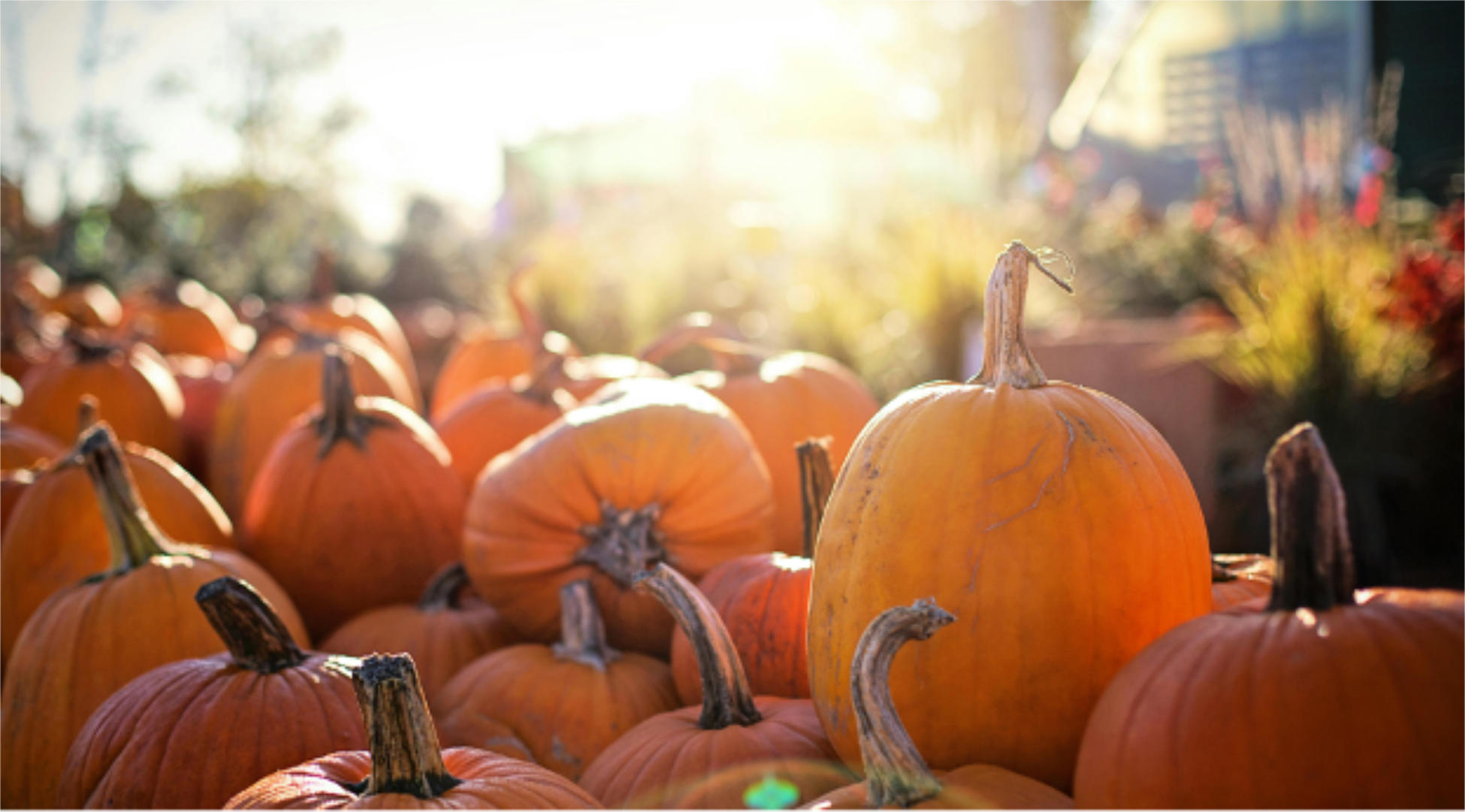
The Agricultural Story Behind the Pumpkin
Before it becomes a jack-o’-lantern, the pumpkin begins as a seed, resilient and nutrient dense. In Canada, most pumpkins are grown from Cucurbita pepo, the same species that gives us zucchini and certain squashes. Farmers across Ontario, Manitoba and Alberta cultivate these orange giants not just for carving but also for seed yield, nutritional value and soil rotation benefits.
Pumpkin crops help break pest and disease cycles in rotation and return organic matter to the soil after harvest. Their broad leaves shade weeds, their deep roots loosen compacted ground, and their seeds once dried, roasted and salted are a rich source of protein, zinc, and healthy fats.
Why we Carve, and Why it Matters
The carving tradition dates to Ireland, where turnips were once carved to ward off wandering spirits. When settlers arrived in North America, they discovered pumpkins. Larger, softer and far better suited to candlelight. Over time the jack-o’-lantern became a symbol of harvest itself, light in the dark, a reminder that the growing season’s effort lives on in the warmth of home.
Today’s pumpkins may be grown by large-scale producers or backyard gardeners, but the intention remains the same, to celebrate growth, light and the harvest season.
At 20/20 Seed Labs, every seed tells a story, and the humble pumpkin is no exception. It carries the legacy of the season, the soil it came from, the care it received, and the weather that shaped it. When you scoop a pumpkin, you’re holding the next generation in your hands.
Clean them, roast them, and share them. It’s a small act of circular agriculture.
Nothing wasted; everything renewed.
As the saying goes:
From jack-o’-lantern grin to tin – roasted seeds begin.
